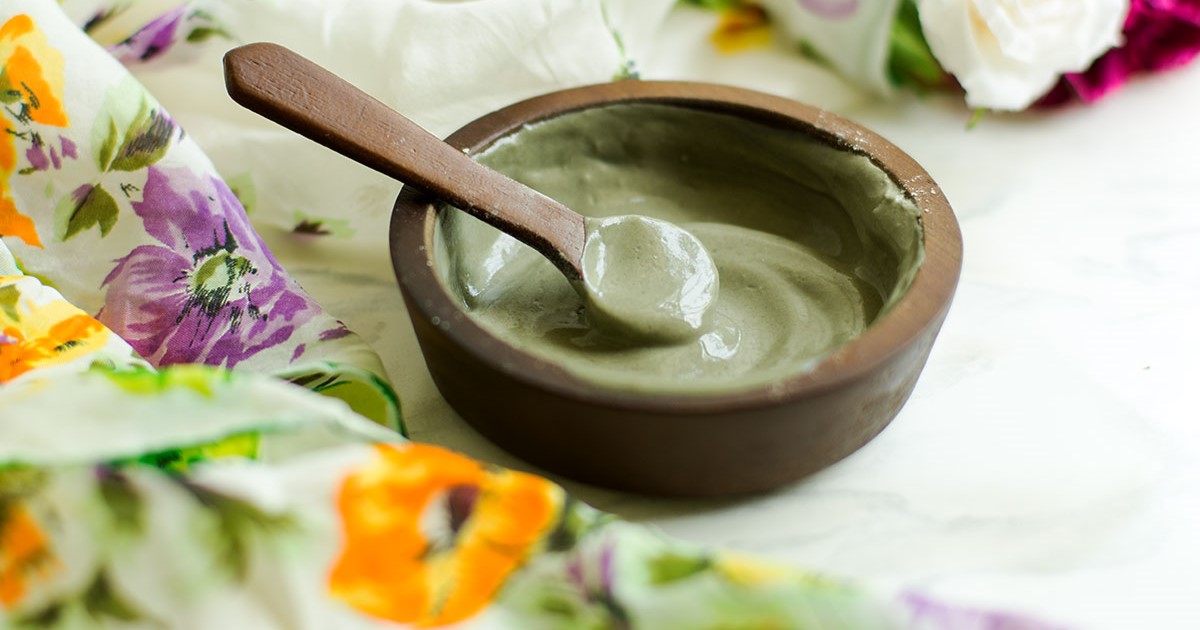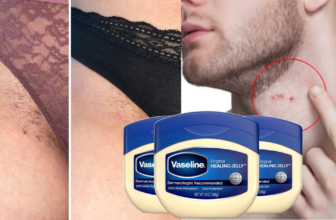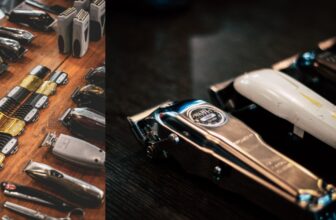The need for a perfect complexion often leads us to remedies and treatments in the skincare world. Masking is a vital tool for achieving clear skin. It benefits those who struggle with persistent blackheads, particularly on the nose.In this article, I will mainly focus on clay masks, one of the natural ways to clean their nose pores and absorb excess oil. Knowing the effective use of masks helps you look and get the desired outcomes.
Effects of face masks on nose pores
Face masks have become essential to your skincare routine because they effectively solve specific skin problems. Masks provide excellent cleansing by targeting the nose’s pores, making it difficult to remove dirt, oil, and other pollutants.
Why face masks are effective for removing blackheads
Face masks create a barrier on the skin, allowing the active ingredients to penetrate deeper than ordinary cleansers. This deep action makes them very effective in eliminating the impurities that cause blackheads.
Advantages of Using Masks in Your Skincare Routine
Including masks in your skincare routine can improve your skin’s health and look. They provide specific solutions for common skin issues and offer more thorough care than your usual routine.
- Offers deep treatment that works well with daily skincare.
- It keeps pores clean.
- It helps keep skin moisturized.
- Regular use can make pores appear smaller.
- Promotes a more even skin tone.
- Enhances skin’s natural glow.
Using masks regularly can bring long-term benefits, making your skin look fresher and brighter. It’s a key step for getting clear, healthy skin.
Clay Masks: Nature’s Absorbent
Clay masks have become popular in skincare routines because of their excellent oil-absorbing properties. Since these masks contain natural ingredients, they help draw out impurities without stripping the skin of its essential oils. Hence, they will be very effective and suitable for oily or combination skin types.
Types of Clay Masks and Their Properties
Some of the clay masks are of different types and possess different properties.
- Bentonite clay can absorb oils and thus is ideal for oily and acne-prone skin.
- As for Kaolin clay, it is non-irritating and meant for sensitive skin, cleaning it softly but with a considerable decrease in oiliness.
- Another popular option is French green clay, which detoxifies and revitalises the skin, making it perfect for combination or oily skin types.
- Rhassoul clay, rich in minerals, is known for its ability to deeply cleanse and improve skin elasticity, making it great for dry or aging skin.
- Fuller’s earth is another powerful clay, often used to lighten skin tone and treat pigmentation issues.
How Clay Masks Work to Absorb Excess Oil
Clay masks work by attracting and absorbing oil and impurities from the skin. The clay drying pulls these around the sebum and dirt out from the pores through a sort of vacuum effect. This not only cleanses the skin but can also reduce the appearance of pores over time.
How to Select a Clay Mask Based on Your Skin Type
Consider your skin type and specific concerns when selecting the right clay mask. A mask with bentonite or green clay may be beneficial for oily or acne-prone skin. If your skin is sensitive, kaolin or rose clay could provide a soothing, gentle cleanse.
Common Ingredients Found in DIY Blackhead Masks
Common ingredients in DIY blackhead masks include clay powders, apple cider vinegar, honey, and essential oils. These ingredients are easily accessible and provide a natural way to cleanse and nourish your skin.
Creating Powerful Clay Masks with Natural Ingredients
These very effective clay masks can be prepared from some of the items that are very easily available in your kitchen.
Mix clay with water or apple cider vinegar for an excellent base for an effective skin cleanse and detox.
Adding honey or aloe vera into these ingredients increases their hydrating properties, soothes the skin, and makes the mask more nourishing and gentle.
Natural ingredients to enhance your Clay Mask
Want to get even more from your clay mask? Mix in some natural ingredients that you likely have on hand. A pinch of turmeric can help to reduce redness and inflammation.
A spoonful of yoghurt adds a light exfoliation and hydration. Or steep some green tea, let it cool, and use that instead of water for a shot of antioxidants that calm and protect your skin.
Each added addition gives an extra little to your mask to suit your skin’s needs better!
Simple DIY Clay Mask Recipe: Step-by-Step

Enhancing Your Clay Mask with Natural Ingredients
Turmeric: Add a pinch for anti-inflammatory benefits to reduce redness.
Yoghurt: Mix in a spoonful to gently exfoliate and hydrate your skin.
Green Tea: Replace water with cooled green tea for antioxidant protection and a soothing effect.
Each of these steps helps customize your mask to meet your skin’s specific needs!
Application Best Practices
How Long Should You Leave a Clay Mask On?
The duration for leaving the mask on varies based on the ingredients and your skin type.
Generally, clay masks should be left on until they start to dry but have not fully hardened, which is usually about 10–15 minutes. This prevents over-drying and helps your skin retain its natural moisture.
How Often Should You Use It?
While masks can benefit your skin, using them too frequently can lead to irritation or dryness. For most skin types, using a mask once or twice a week is usually sufficient to keep your pores clear and your skin healthy.
Potential Risks and How to Avoid Them
You may be allergic or irritated by certain active ingredients in masks. It is always a good idea to be cautious when doing a patch test on an inch of skin on your face before applying for the first time. You must stop any irritation, redness, or itching that’s causing discomfort immediately.
The Ideal Skincare Routine Including Masks
Ideal skincare involves regular cleansing, toning, moisturizing, and masking. Masks go on after cleansing and before toning so your skin receives the most of all other products in your routine.
A Few Last Words
Masking is practical, versatile, and keeps the skin clear and healthy, especially for those with blackheads up their noses.
You get better and smoother skin once you get the suitable mask into your routine.
So, give in to the power of masks and enjoy the advantages of this straightforward yet effective skincare.




